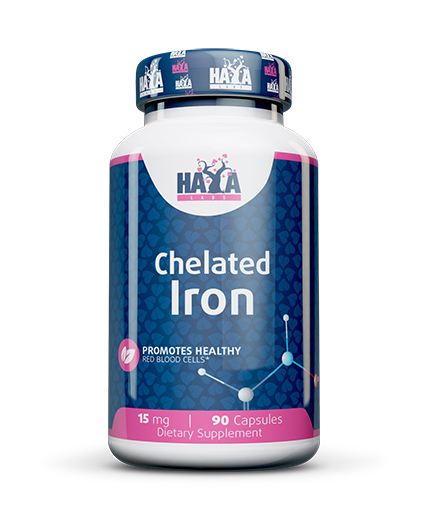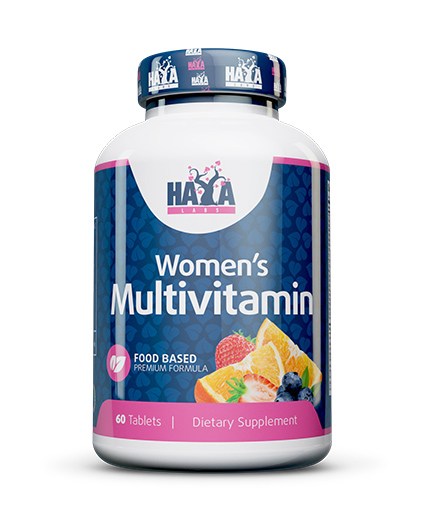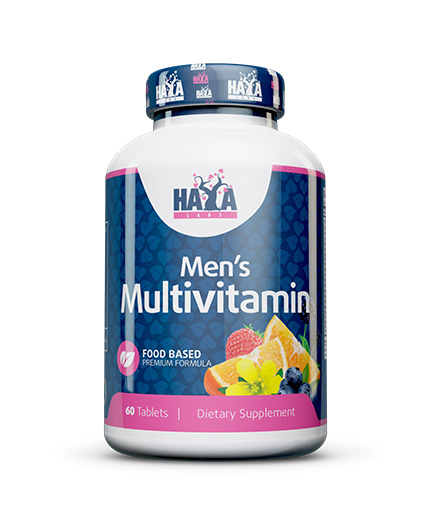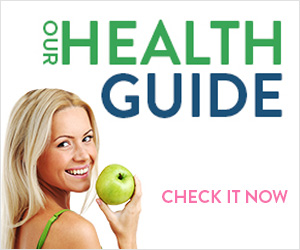
Provide an "iron" health
0
1194
Did you know that 30% of people in the world suffer from iron deficiency?
Iron from a medical point of view is an extremely important microelement with a decisive role for the good health of the human organism. Its most important function is its involvement in the structure of oxygen-containing proteins - hemoglobin and myoglobin, as well as in the proper functioning of the airways, the synthesis of ATP, the metabolic processes and the detoxification of endogenous and exogenous substances.
.jpg)
Iron-containing compounds are particularly important for the good functioning of the immune system, especially at the cellular level, and in combination with minerals found in the human body, with minimal doses, have a powerful beneficial effect.
The body maintains an extremely accurate balance
.jpg)
An adult human body has 4 to 5 g of iron, and about 1 mg per day is the daily loss of the trace element due to skin cell licking from the surface of the skin and mucosa, including the surface of the gastrointestinal tract. The monthly cycle in women before menopause increases this loss to 2 mg.
.jpg)
It is known that there is no physiological mechanism to throw the iron out of the human body. With the help of the absorption processes, the iron stores in the body are regulated, while keeping the balance between the take-up and the loss of the microelement is done with a meticulous accuracy of the healthy organism.
What is the recommended daily dose?
.jpg)
The recommended daily iron dose for men from 14 to 18 years is 11 mg per day, while for older gentlemen (18 to 70 years) it is reduced to 8 mg per day. For ladies from 14 to 18 years of age is 15 mg per day, from 18 to 50 the dose is increased to 18 mg and for women who have transferred 50, 8 mg would suffice.
But it should be noted that a very small amount of iron in food is absorbed, and its quantity is not very constant.
.png)
In addition, there are various factors that interfere with the absorption processes. For example, vitamin C intake has a crucial role, and muscle protein (including fish and poultry), even in small quantities, significantly increases iron uptake by food.
On the other hand, it is known that iron in food products is two types: hematin and non-hemoglobin.
read more
.jpg)
Bread, rice, vegetables and eggs supply non-hematite iron to the body, absorbing it positively by the simultaneous intake of meat and foods rich in vitamin C. But some foods such as coffee, tea, spinach, chocolate, cellulose- Soy protein, wheat bran and alginates (in instant soups, ice creams, creams, and puddings) hinder the microelement trapping processes.
.jpg)
However, if combined with meat or vitamin C-rich foods, this effect is greatly reduced. The absorption of iron can also be impaired by taking certain medications, such as antibiotics and antacids.
Major sources of iron
One of the richest foods of iron is: liver, pork, kidney, red meat, vitamin-enriched cereals and bakery products, poultry, eggs, plum juice, legumes, Brown seaweeds, as well as vegetables with dark green foliage.







